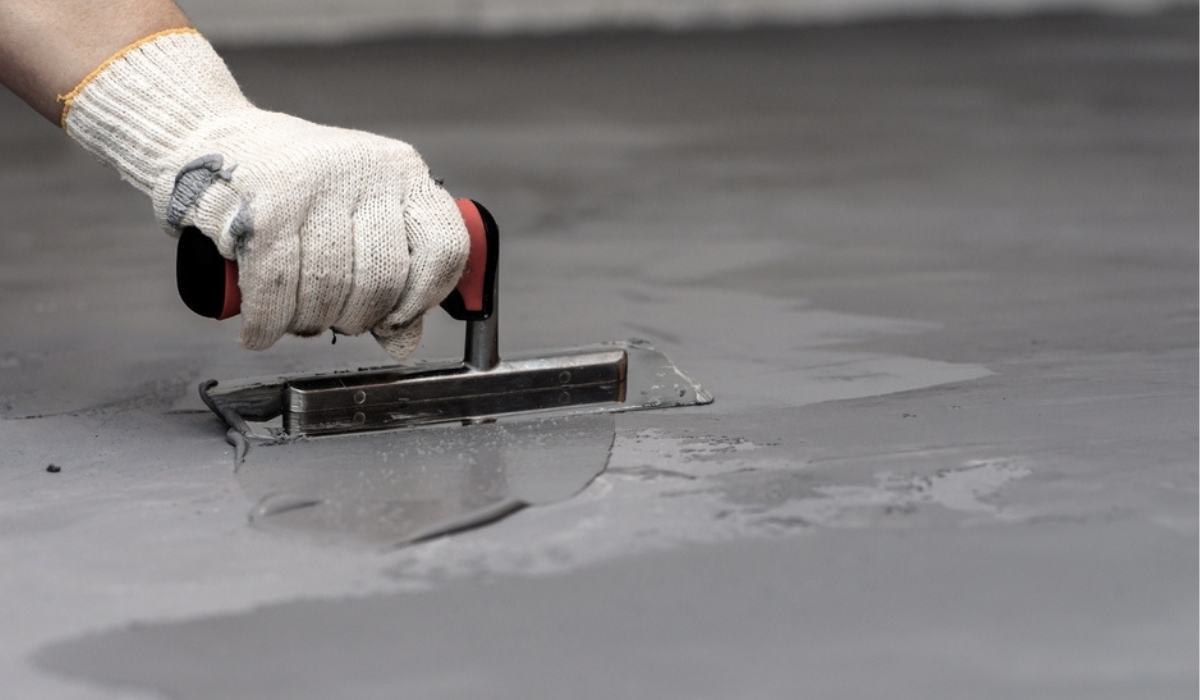Concrete that has not been adequately cured may dry out and lose some of its potential strength, leading to alternate drying and wetting cycles, potentially resulting in cracking.
Curing is necessary to protect concrete against evaporation and temperature extremes; thus, its importance must not be overlooked.
Strength
Concrete house slabs Melbourne needs proper curing to achieve its intended strength, durability and serviceability. Curing can prevent grazing, dusting and surface disintegration; reduce shrinkage; increase resistance to wear and improve water-tightness while helping prevent cracking.
Curing concrete involves three main considerations for success: keeping sufficient mixing water in the concrete mix, limiting moisture loss from its surface and using heat to accelerate strength gain. Of these elements, water maintenance in concrete must take top priority in order to allow its strength gain. The first factor should be prioritized over the others since moisture must remain present as concrete gains its strength over time.
To achieve this goal, different techniques such as ponding, immersion, spraying or fogging may be utilized to achieve this end. When selecting water temperature to use for curing purposes it must be lower than that of concrete in order to avoid thermal stress cracking; additionally using membrane-forming curing compounds should help control rate of evaporation.
Durability
Proper curing of concrete greatly enhances its durability. Proper curing results in dense microstructure and impermeability of the material, increasing resistance against wear, abrasion, freezing/thawing cycles and shrinkage cracks while contributing significantly to strength gains overall.
Curing concrete provides it with protection from harsh external conditions, including extreme temperatures and ultraviolet radiation which can damage freshly laid concrete before it has fully healed. Furthermore, curing minimizes temperature differentials which could otherwise lead to thermal stresses or create voids within its matrix.
Curing concrete using various methods such as ponding, immersion, spraying, fogging and wet covering can be achieved in various ways, such as ponding, immersion, spraying, fogging or wet coverings. These techniques help preserve moisture by restricting air expansion and limiting excessive water loss due to evaporation. They may also be effective at reducing plastic shrinkage strains caused by plastic contraction and drying shrinkage strains; particularly effective when working in warm weather but special care must be taken not to introduce sugars from sawdust or other sources that could hinder hydration process and cause retarded hydration process of concrete curing process.
Resistance to abrasion
Abrasion resistance is an integral aspect of construction of floors, roads and pavements. It depends on the hydration process between cement particles, with proper hydration providing higher abrasion resistance in concrete with adequate abrasion resistance properties; however, this abrasion resistance cannot be guaranteed forever with concrete curing techniques as its effectiveness may diminish with age.
Good curing practices are crucial to attaining concrete strength and longevity of service life, including uninterrupted hydration of early concrete mixes and moisture loss from surface areas that could otherwise result in shrinkage cracks. They should include creating a conducive environment during its initial stage for uninterrupted hydration of early mixes as well as monitoring moisture loss from concrete surfaces to avoid plastic shrinkage cracks forming on its surface.
One effective method for minimizing water loss from concrete during curing is covering it. Wet coverings like hessian, burlaps, cotton mats or rugs may be placed over it to retain moisture. Ponding is another popular technique aimed at speeding curing times by creating small clay or sand ponds around it and filling them several times each day with freshwater from local sources.
Water resistance
Concrete’s strength comes from the hydration of cement particles. This hydration process takes time, depending on how much water was added in its mixture. As hardened concrete loses water through evaporation, so proper curing practices should be implemented to help ensure that curing practices can effectively manage water loss from its hardening phase.
Curing involves maintaining appropriate temperature and moisture conditions around a concrete body during its early period for uninterrupted hydration. Proper curing enables the development of designed strength, improved volume stability, resistance to freezing-thawing damage as well as protection from abrasion and scaling damage.
Ponding is an efficient curing method used to maintain required moisture levels in concrete. It involves creating clay or sand ponds around and across slabs, then filling them up with water twice or three times daily – usually replenished twice or three times daily.

